Made in China, the locomotive is marketed in Bachmann’s Spectrum line of higher-end model railroad products. The model is a downsized version of Bachmann’s same highly successful engine in HO. It matches no prototype exactly but is quite close to the dimensions of an Illinois Central 900-series engine drawn by Bruce Meyer for the April 1958 Model Railroader. Those were circa-1910 Baldwin productions rebuilt in the late 1930s. Railroads all over the country ran similar engines.
More 2-8-0 Consolidations were built than any other steam locomotive type, and they were the typical everyday freight haulers of the 1890s into the 1920s when 2-8-2 Mikados were taking over that role. Many Consolidations, often relegated to branchline and switching duties, lasted until the steam era ended in the 1950s.
This model is soundly engineered and, despite the abundance of parts, is easy to disassemble. Turn the tender 90 degrees sideways to the engine and it separates easily. Detach the rear cab handrails at the bottom. Shove the rear of the shell up and forward, and once it’s started, pry the cab pilot ladders free of the smokebox.
The heart of the design is the metal frame that’s split vertically into electrically isolated halves, as most quality N scale diesels are today. (The uppermost screw connecting the halves on my model was missing but operating performance was evidently unaffected.)
The frame holds the gears and drivers in alignment and provides a mount for the small five-pole, skewed armature, open-frame motor. The motor plugs into the frame and is secured by a screw. The cap on the rear bearing serves no function as far as I can see, so you could remove it and paint the back of the motor black to make it disappear.
On the motor’s drive shaft is a brass worm that engages a pair of plastic spur gears, one above the other, transferring the power down to gears on the axles of the middle pair of drivers. Power to the remaining drivers is via the siderods. This strikes me as a better system than gearing all the axles, as is often done with N scale steamers, because it makes potential siderod bind less likely.
My engine ran well, with just a hint of a bind at the slowest speed, and actually ran better after I’d taken it apart and put it back together. (I didn’t take out the drivers, though, and I recommend you don’t either.) I’ve seen Web reports that some of these engines did not run well. One simple trick that often works is to loosen the screws on the bottom cover plate a smidge. The engine should pull about 21 cars on straight and level track.
The driver axles are mounted in bronze bearings that float in slots in the frame, a very nice feature that helps the mechanism keep itself aligned.
Bachmann has given some thought to DCC decoder installation and the motor is isolated from the frame. If you take out the weight behind the headlight, there’s room for a Lenz or Digitrax miniature decoder. The gray and orange motor leads would go to the decoder (I’d splice them to the decoder’s wires rather than try to solder to the decoder itself). The decoder’s red and black wires would go to the posts the motor wires are presently connected to. Note these wires are not soldered to the posts, but are wedged in place by a plastic clip.
The model comes equipped with a Rapido-style coupler on the tender. This can easily be replaced with a Micro-Trains no. 1129. The front coupler is a scale dummy. Micro-Trains recommends its 2004-1 kit as a replacement. Squeeze the tabs together behind the pilot to remove the stock coupler.
This is the most highly detailed plastic N scale locomotive ever made is inherently delicate. You more rambunctious modelers will need to mend your ways and handle the model carefully. My locomotive is missing the left rear cab handrail (I don’t know if it was there at the beginning), and I found the power reverse lying loose in the box. Again, I don’t know if I dislodged it or if it was never attached. This is a well-engineered, good-running locomotive that takes N scale steam to new heights of detailing.
Price: $135
Manufacturer:
Bachmann Industries
1400 E. Erie Ave.
Philadelphia, PA 19124
www.bachmanntrains.com
Description:
Plastic and metal ready-to-run steam locomotive
Features:
Complete valve gear
Convertible to DCC
Directional headlight
Drawbar pull: .09 ounces
Engine weight: 3.5 ounces
Minimum radius: 9¾”
No wires to tender
16-wheel electrical pickup
Road names:
Union Pacific
Atchison, Topeka & Santa Fe
Baltimore & Ohio
Boston & Maine
Chicago, Rock Island & Pacific
Clinchfield
New York Central
Nickel Plate Road
Southern Ry. (green)
Western Maryland (fireball)
Western Pacific
Painted, but unlettered





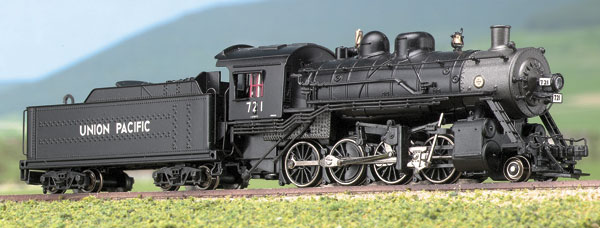
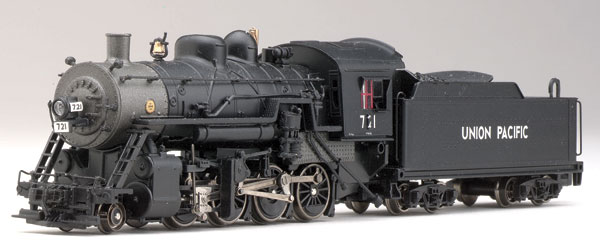
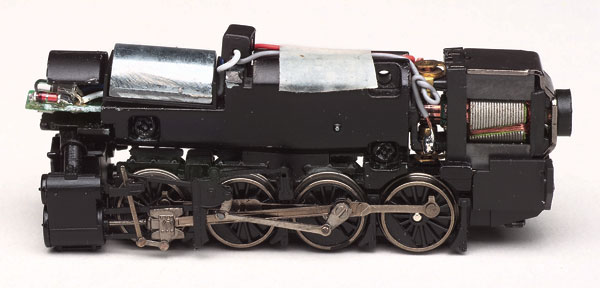

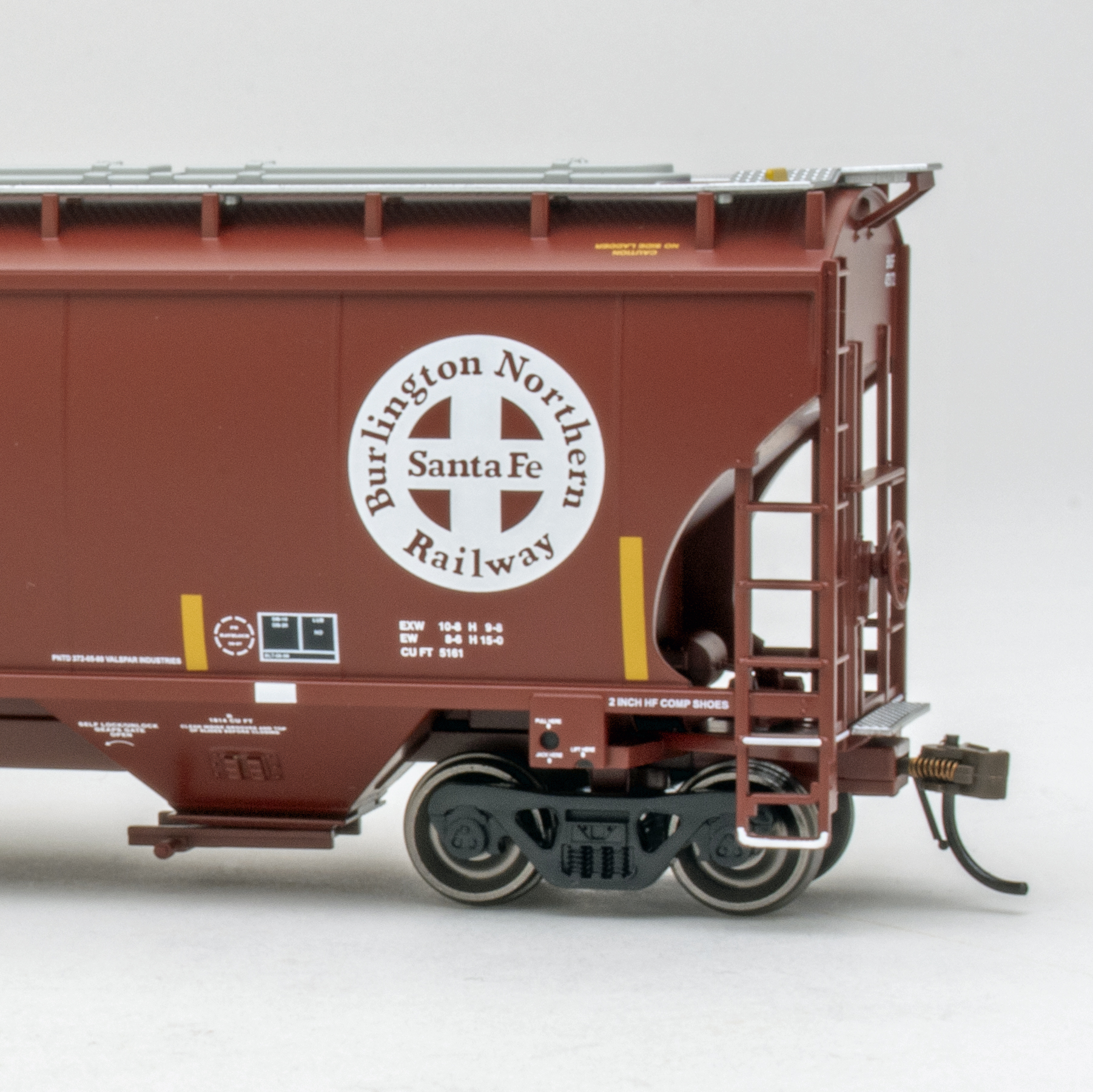
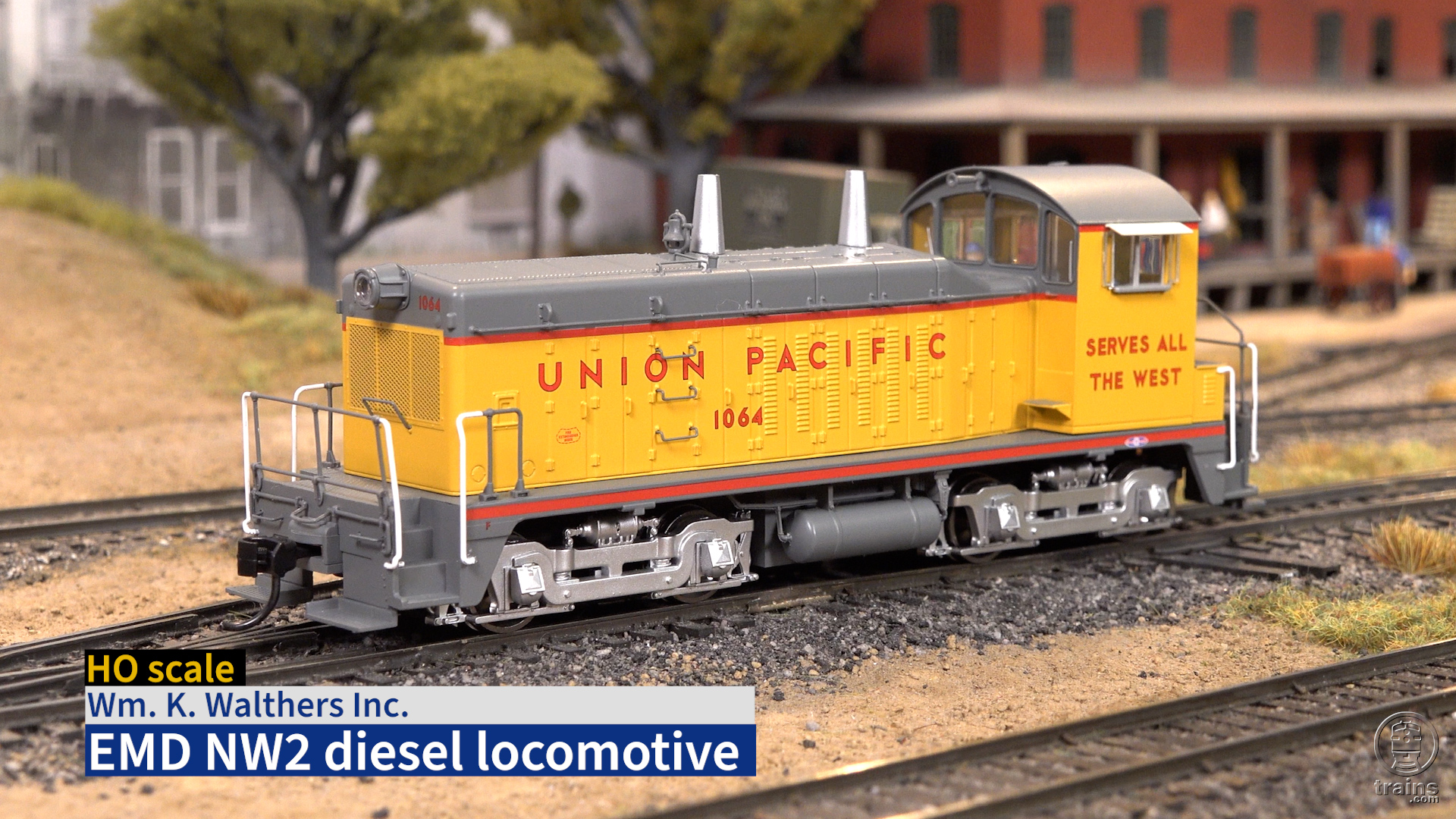
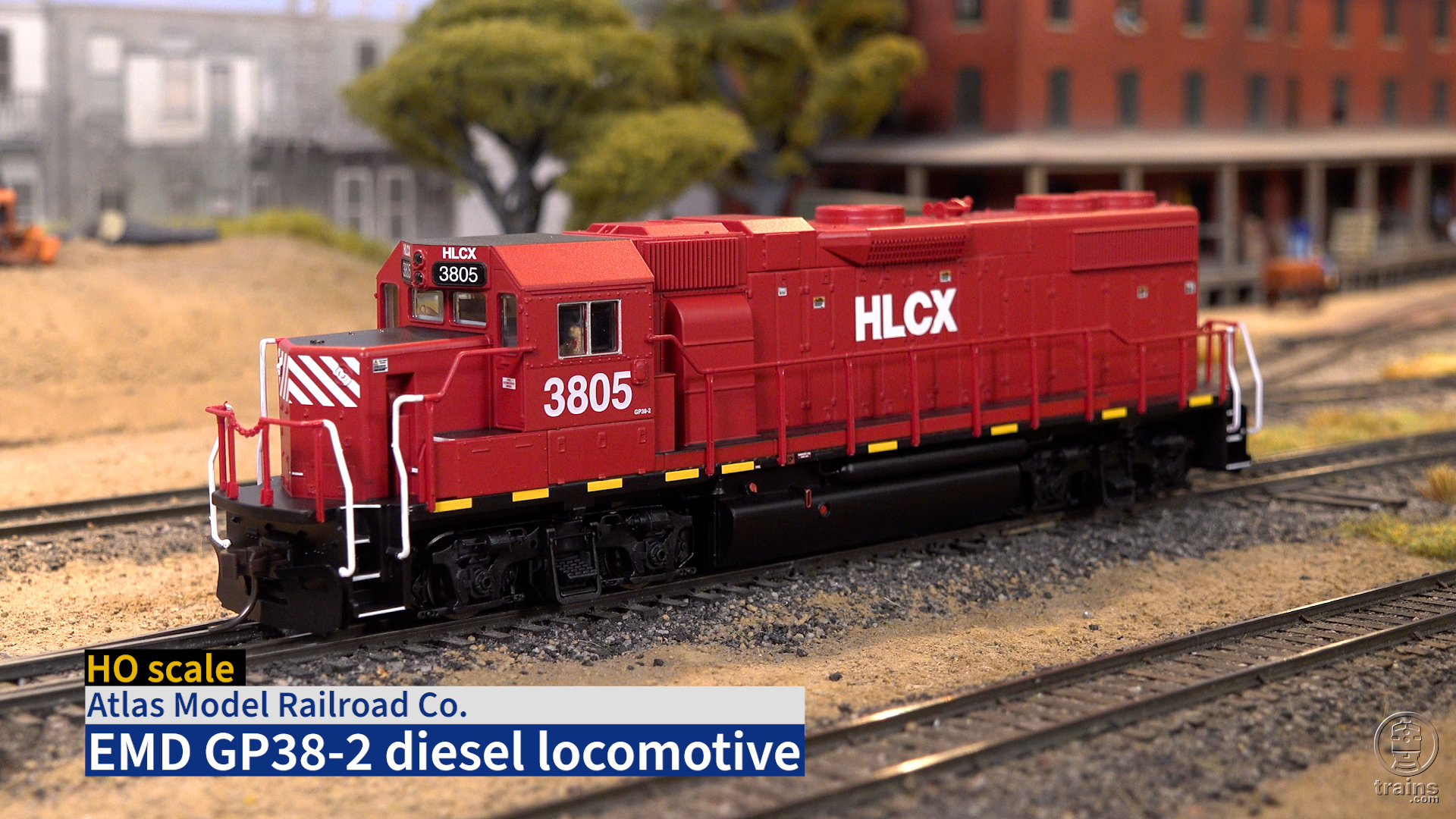
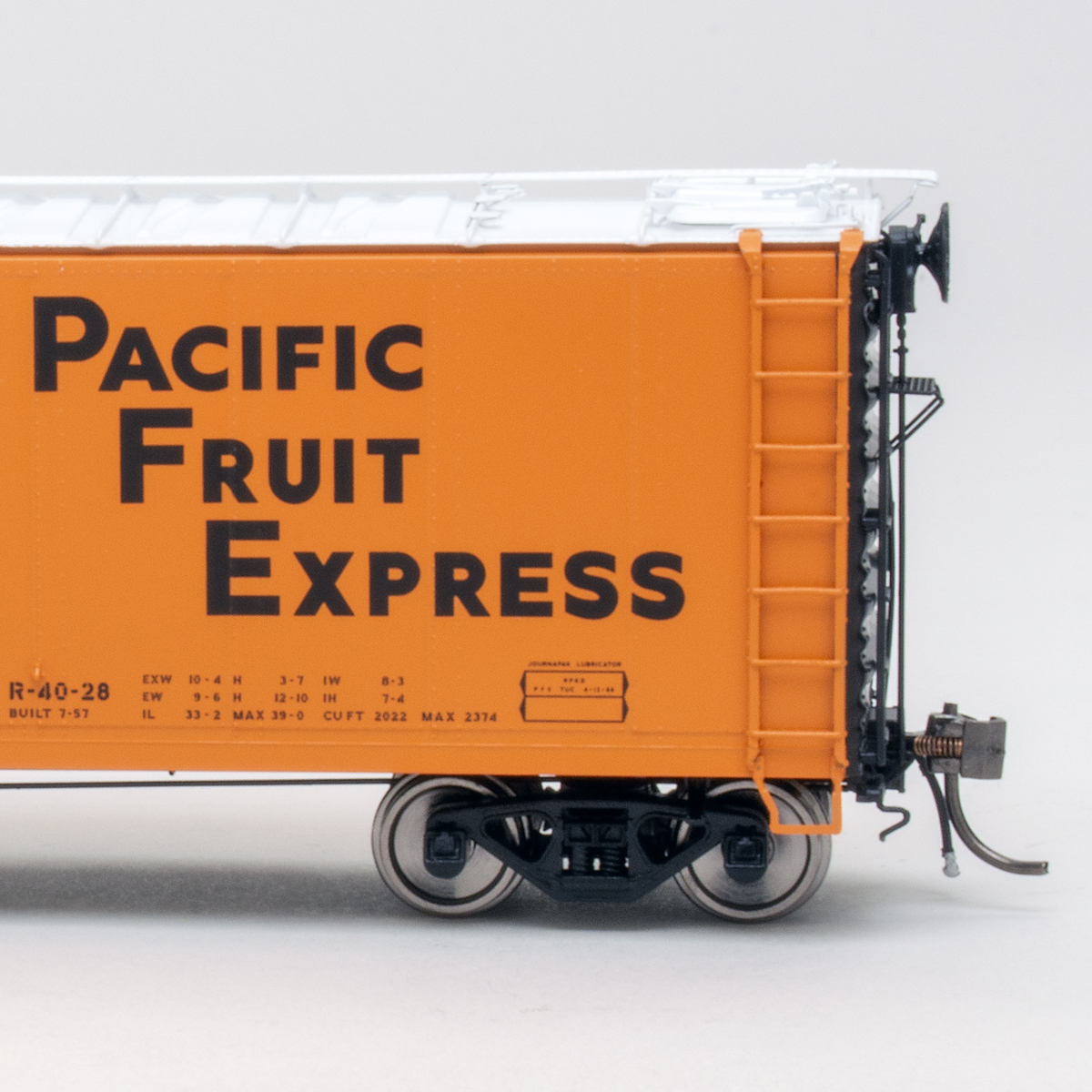




pulling power is fair, but the lack of weight after installing the DCC decoder is noticable. Also, "wedging" the DCC wire connectors to the chassis with a "plastic clip", which looks like a piece of a match, is just not sufficient. The rattle over turnouts (due to lack of weight) sometimes loosened the connection. After soldering them carefully to the chassis (don't burn the DCC decoder!) it ran much better and consistent. Especially low speeds are better now.
Bought one but have yet to run it. Was concerned about the minimum radius because most of my switching layout has at least 9 3/4 inch radius…mostly ATLAS. Another review put minimum radius at 11 inches, Guess I'll keep it and run it—I have the coupler conversion ready to put in. Sure hope it likes short-distance running! Does it get through 9 3/4 inch reverse curves?
I've had a few of these. Put decoders in all of 'em. I love the little guys. You can get 'em cheap now too. Saw 'em on E-Bay for about $50.00
I've had this engine on my layout for around 6 years, and I like it alot. In general, it runs very well, but you have to be choosy when you buy one to get the one that runs best. Once you get a good one, you're set for 5 years or so. Interesting comment from Christian Martinez…my engine also has problems with the front wheels…very sensitive to ballast or any kind of track irregularity. But an absolutely beautifully detailed engine. What about an updated version with better front pilot wheels, Bachmann???
The engine looks great, and is pretty reliable, but when it comes to going up hills with cars, it's not very good.
I had to keep removing more and more cars as I realized it couldn't really pull much when it went up a hill, although maybe I did in fact put a little too many.
Also, it's kind of light. Whenever it hit a tiny rock of ballast, the front wheels would jump off the tracks. But, the engine is great when it goes downhill =)
My 2-8-0 never ran well and was a big disapointment. It had a very pronounced "limp" that I could never get rid of.
I HAVE ONE OF THESE ENGINES AND IT SEEMS T DRAW ALOT OF POWER TO MAKE IT GET UP TO SPEED , IT ALSO IS A VERY POOR PULLER ON GRADES AND NOT A VERY SMOOTH OPERATING LOCO,. iT IS VERY WELL DETAILED BUT LACKS GREATLY IN PERFORMANCE, i WOULD INVEST MY MONEY NEXT TIME IN A MODEL POWER UNIT. tHEY SEEM TO OUT PERFORM ANY BACHMAN BY A MILE. SORRY NOT IMPRESSED.
I used to have one on my old 5×8 HO N scale layout. I had it for about one & one-third years until is was so stupid to take it apart and junked the motor!
I purchased two of these. I added a DCC decoder to one and it runs very well. The hint about the screws improved its smoothness quite a bit. The second engine is still "in development" so to speak. It runs poorly over turnouts and often derails. It probably is a gauge problem which I will have to tackle.
Bachman needs to add some weight to the engine en order for it to eliminate the bounce over turnouts.
Hi all,
I have three of these, and I think it has to be one of the best production steamers that Bachmann ever produced.
They run great and pull extreemly well for there size.
As far as decoders go its still a little tight in there =) but easily converted.
With the new MRC steam decoders you can even have sound now.
Great locomotive
I have 2 of these, and next to my Kato GS-4's, these are my favorite locomotives to run. I use them to pull log consists from my woods operations to my mills, and they have yet to miss a job, or suffer a delay.
I have 3 of these engines and two run like fine Swiss watches and the third is very good just a little growly, found that when you replace the bottom plate its good to have the engine in a craddle upside down and running as you tighten the screws this seems to help, also sometimes the two screws underneath are over tight, so just losen them up a little.
Love the fact the gap between the tender and the engine is not huge like we often see on N gauge steam.
Great detail, blackned side rods really look extremly good.